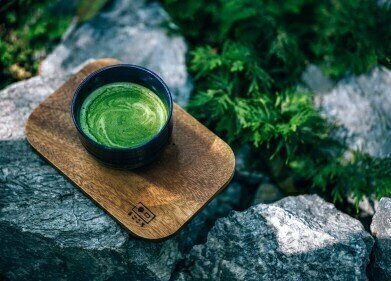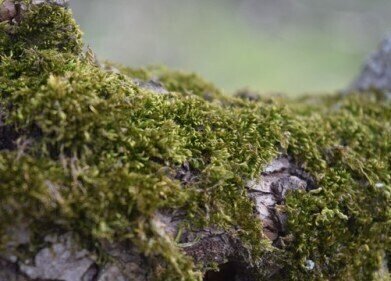Electrophoretic separations
Getting Your Five-a-Day on Mars - Chromatography Delivers
Oct 14 2015
Forty years ago a sci-fi program ‘Space: 1999’ had a group of humans inhabiting the Moon — which following an accident was hurtling through space. With no possibility of contacting Earth (following a trip through a worm-hole) the population of Moonbase Alpha were self-sufficient for all their oxygen, food and water. How soon will man really have to be self-sufficient in space?
Going to Mars
With a planned mission to Mars already under discussion — NASA is developing the capabilities to send people to Mars in the 2030s — astronauts might have to become self-sufficient fairly soon. Resupplying the International Space Station is possible on a routine basis — with a small population and relatively short trip it is an easily managed supply chain.
But resupplying Mars is something else. With a return mission taking several years —rather than several days — the opportunity to resupply any mission is difficult. To overcome these problems NASA is working alongside partner organisations to help make any trip to Mars truly self-sufficient in any supplies vital for the success of the mission.
Greenhouse in space
One of the partners NASA is working with DLR — the national aeronautics and space research centre of the Federal Republic of Germany — on a project to grow fresh food in space. One of the first steps will be the launch of two greenhouses into space in 2016 on a mission known as Eu:CROPIS (Euglena: Closed Regenerative Organic food Production In Space).
The yearlong mission will be in two parts. The first six months will replicate the gravity felt on our moon, then the satellite will rotate faster for the second six months so Mars’ gravity will be replicated. The scientists will be able to check the effect of the different growing conditions in the two greenhouses to allow optimisation of growing conditions on future missions.
Recycling urine
The system that DLR is testing uses urine — in the 2016 trial synthetic urine will be used — to supply the nutrients needed to help plants grow in space. The urine passes through lava plates in a filter that are home to bacteria and single celled alga Euglena gracilis. The bacteria break down the ammonia in urine to nitrites, and then into nitrates, producing the fertiliser plants require. The euglena are there to prevent any build-up of ammonia which could be harmful.
To make sure that the right amount of nutrients are delivered to the plants, a microchip containing a capillary electrophoresis (CE) system is used. The system takes into account the growth of the plants as they require different nutrient levels at different stages of growth. The whole electrophoresis system weighs only 2.4kg and would fit into a shoe box. For a detailed discussion on CE take a look at this article, Capillary Electrophoresis: an Attractive Technique for Chiral Separations.
Would you go on a one-way trip to Mars?
Image by Les Bossinas of NASA Lewis Research Center via Wikimedia Commons
Events
Jan 20 2025 Amsterdam, Netherlands
Feb 03 2025 Dubai, UAE
Feb 05 2025 Guangzhou, China
Mar 01 2025 Boston, MA, USA
Mar 04 2025 Berlin, Germany














